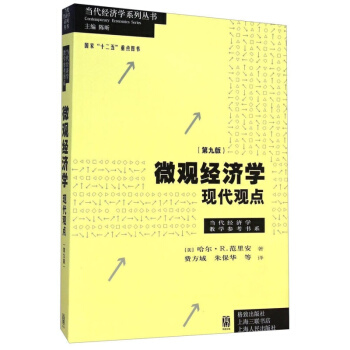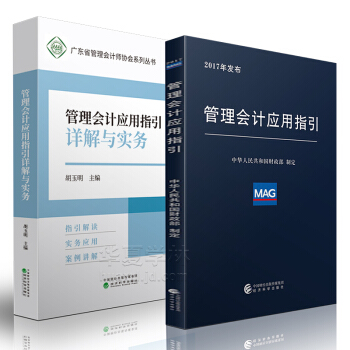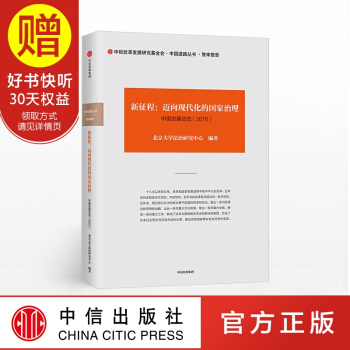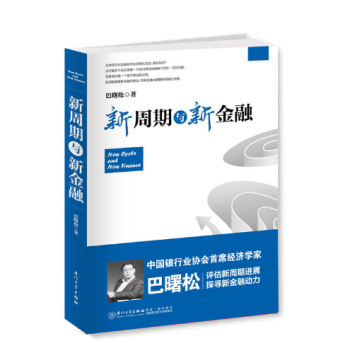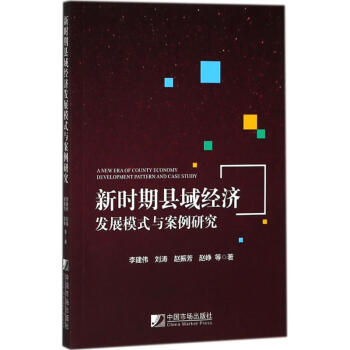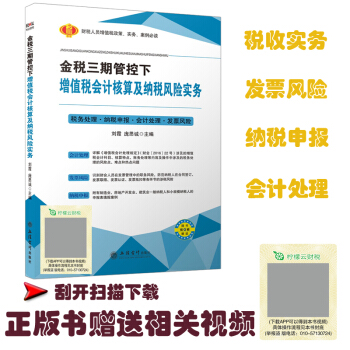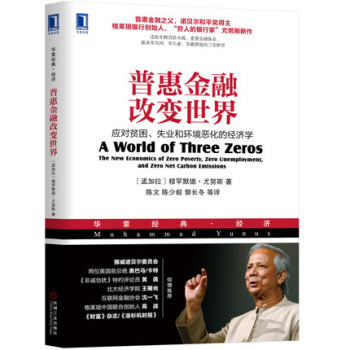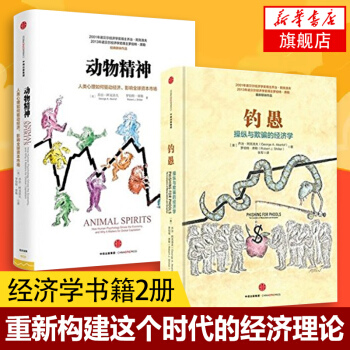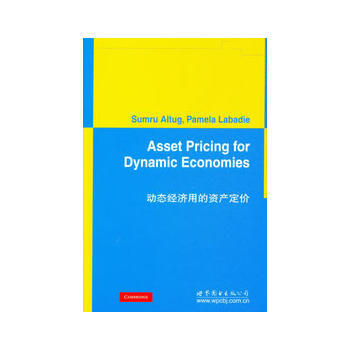

具体描述
基本信息
书名:动态经济用的资产定价
定价:99.00元
作者:(英)奥特格
出版社:世界图书出版公司
出版日期:2013-01-01
ISBN:9787510050749
字数:
页码:
版次:1
装帧:平装
开本:24开
商品重量:0.763kg
编辑推荐
内容提要
The starting point for any analysis in finance involvesassigning a cur-rent price tO a future strearfi of uncertainpayoffs.This iS the basic notionbehind any asset.pricing model.Takefor example,the price of a sharetO a petitive firm.Since theshare entitles the owner to claims for the future profits of thefirm.a central problem iS tO assign a value to thesefutureprofits.Take another asset-a house.This provides housing ser-vicesin all states of nature and at all dates.Consequently,the value ofthehouse today must reflect the value of these futureservices。Other examplesinclude the pricing of durable goods orinvestment projects based on theirfuture expected marginalproducts.One approach tO moary economicsalso follows this basicprinciple-if money as an asset has value in equilib,rium(in theabsence of any legal restrictions),then this value must reflectthestream of services provided by this asset.
Our approach is tO derive pricing relationships for differentassets byspecilying the economic environment at the outset.OHe ofthe earliestexamples of this approach is Merton〔342〕.However,Mertondoes notrelate the technological sources of uncertainty tO theequilibrium prices ofthe riskv assets.AIternatively,he assumes agiven stochastic process for thereturns of different types ofassets and then prices them given assumptionsabout consumerpreferences.Consequently,the supply side is not explic.itlyconsidered by Merton.The asset-pricing model of Lucas〔317〕isfullygeneral equilibrium but it iS an endowment economy,SO thatconsumptionand investment decisions are trivial.Brock〔76〕developsan asset.pricingmodel with both the demand and supply side fullyspecified and links itup tO Ross‘s〔369〕arbitrage pricingmodel.
In this book,we will start from an explicit economic environmentanddeduce the implications for asset prices,and the form of theasset-pricingfulnction from the equilibrium in theseenvironments.To study the prob-lem of asset pricing,we COUId alsofollow another approach:we couldtake a very general and abstractapproach,Vmwlng asset pricing as thevaluation of a future stream ofuncertain payoffs from the asset accord.mg tO a general pricingfunction.(Aiven a minimal set ot assumpnonsabout the set ofpayoffs,we could try tO characterize the properties ofthis abstractpricing function.
目录
List of figures
List of tables
Preface
I BASIC CONCEPTS
1 Complete contingent claims
2 Arbtrage and asset vauation
3 Expected utility
4 CAPM and APT
5 Consumption and saving
II RECURsIVE MODELS
6 Dynamic programming
7 Intertemporal risk sharing
8 Consumption and aSSet pricing
9 Non-separable preferences
10 Economies with production
11 Investment
12 Business cycles
III MONETARY AND INTERNATl0NAL MODEL5
13 Models with cash-in-advance constraints
14 International asset markets
IV MOQELS WITH MARKET INPLETENESS
15 Asset}3ricing with frictions
16 Borrowina constraints
17 Overlapping generations models
V SUPPLEMENTARYRY MATERIAL
A Mathematical appendix
A.1 Stochastic processes
A.2 Some useful theorems
Bibliography
Index
作者介绍
文摘
序言
用户评价
这本书的封面设计相当沉稳,主色调是深蓝色,配上烫金的字体,透露出一种学术的严谨感。我当时选择它,很大程度上是被书名所吸引。“动态经济”这个词本身就充满了一种生命力和变化,让我联想到复杂的经济系统如何在时间的长河中不断演进,而“资产定价”则是我一直以来都很感兴趣的领域,毕竟理解资产的价值如何被决定,对于投资决策至关重要。世界图书出版公司的出品,也让我对其内容质量有了一定的信心。拿到书后,我迫不及待地翻开,书页的纸质触感很好,油墨印刷也清晰锐利,这是一种很愉悦的阅读体验的开端。虽然我还没深入阅读,但仅仅是这个初步的接触,就让我对它抱有很高的期待,相信它能够为我打开理解经济动态和资产定价的新视角。我尤其期待书中能够深入探讨那些影响资产价格波动的宏观经济因素,比如利率、通货膨胀、货币政策等等,以及它们是如何通过复杂的传导机制作用于股票、债券、房地产等不同资产类别。
评分我一直觉得,理解一个经济体的运行,最终都要落脚到资产的价值评估上。从宏观的经济周期波动,到微观的个体投资决策,资产定价始终是一个绕不开的核心问题。这本书的标题“动态经济用的资产定价”,听起来就非常契合我长久以来对这个领域的探索需求。我特别好奇书中会如何处理“动态”这个概念。经济环境是时刻变化的,信息是不断涌现的,那么资产的价格是如何在这样的动态过程中被实时定价的呢?我期待书中能够提供一些关于如何捕捉和分析这些动态变化的理论框架和实证工具。尤其是在当下这个充满不确定性的时代,一个能够解释资产价格如何随着宏观经济环境的改变而调整的模型,将具有极其重要的参考价值。
评分这本《动态经济用的资产定价》给我的第一印象是它那种“硬核”的学术气息。书名本身就给人一种信息量巨大、需要沉下心来钻研的感觉。我对书中可能涉及的金融建模和计量经济学方法充满了好奇。作为一名对金融市场有着浓厚兴趣的读者,我一直在寻找能够帮助我理解资产价格背后深层逻辑的书籍。我尤其关注的是,书中是否会探讨一些前沿的资产定价模型,比如基于行为金融学的模型,或者考虑了不确定性和信息不对称的复杂模型。另外,我对书中是否会涉及新兴市场或特定资产类别(如加密货币、另类投资)的定价分析也很感兴趣。总而言之,这本书给我的感觉就像是一本待解的谜题,充满了挑战性,也充满了潜在的收获,让我对接下来的阅读充满了期待。
评分当我第一次看到这本书的时候,就被它那个略显抽象的标题吸引住了。我一直觉得经济学,尤其是宏观经济,就像一个巨大的、不断变化的有机体,里面充满了各种看不见的手在驱动着,而资产定价又是这个有机体中最具魅力的部分之一。这本书的出现,让我觉得它可能能填补我在这方面的知识空白。我非常好奇作者是如何将“动态”这个概念融入到资产定价的分析中的。毕竟,资产的价格从来都不是静止的,它们会随着市场情绪、信息变化、政策调整等等因素而波动。我希望书中能有清晰的模型和理论来解释这些动态变化,并且能够提供一些实际的案例来佐证。虽然我还未开始细读,但它的存在本身就激起了我强烈的求知欲,让我想要去探索那些隐藏在数据和模型背后的经济规律,以及它们是如何影响我们日常的金融决策的。
评分这本书的书名非常有吸引力,它暗示了将动态的经济环境与资产定价联系起来,这正是我一直以来想要深入了解的领域。我脑海中浮现的是各种经济指标如何影响股票、债券、房地产等资产价格的复杂图景。我非常期待书中能提供一些分析框架,能够帮助我理解为什么在经济扩张时期,某些资产会表现出色,而在衰退时期,资产又会如何调整。我希望书中不仅仅是理论的堆砌,还能结合一些实际的市场案例,比如分析某个历史时期的金融危机是如何影响资产定价的,或者某个政策出台后,对不同资产类别产生了怎样的长期影响。这本书在我心中,已经成为了一把钥匙,我期待它能为我打开理解宏观经济与资产定价之间千丝万缕联系的大门。
相关图书
本站所有内容均为互联网搜索引擎提供的公开搜索信息,本站不存储任何数据与内容,任何内容与数据均与本站无关,如有需要请联系相关搜索引擎包括但不限于百度,google,bing,sogou 等
© 2025 book.coffeedeals.club All Rights Reserved. 静流书站 版权所有


